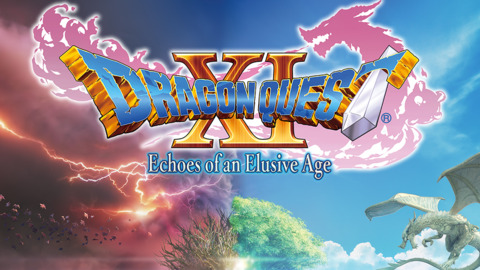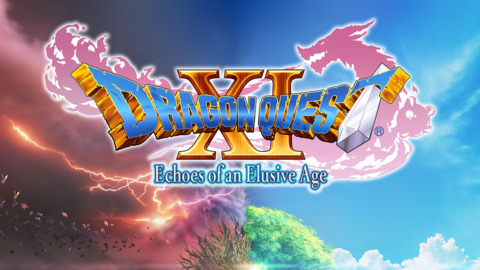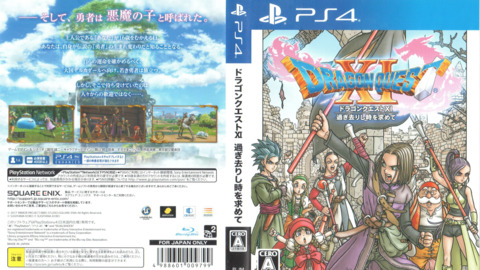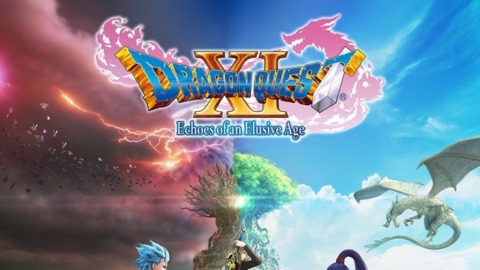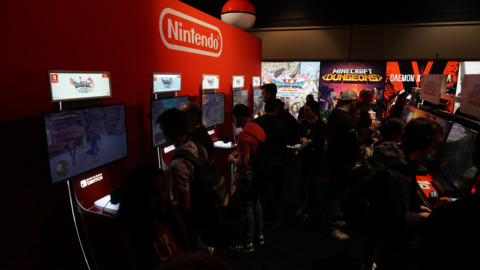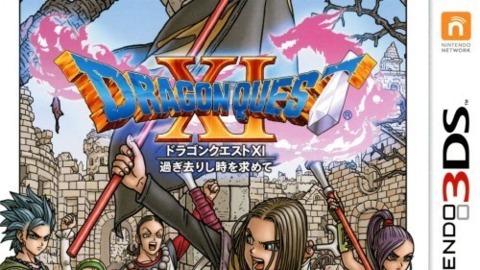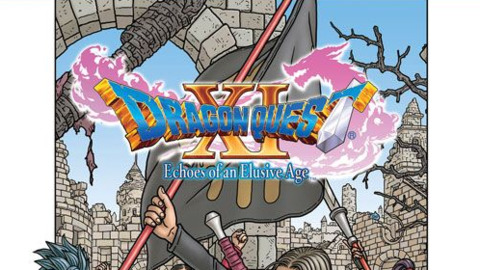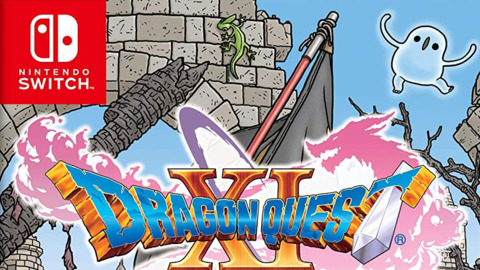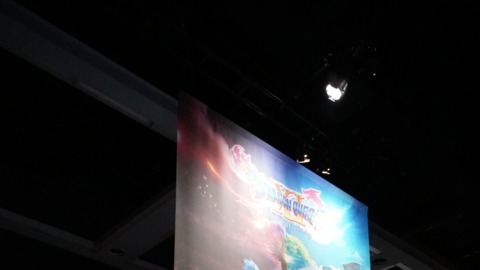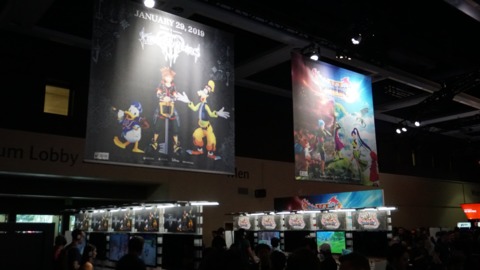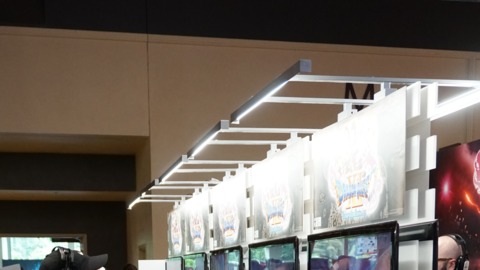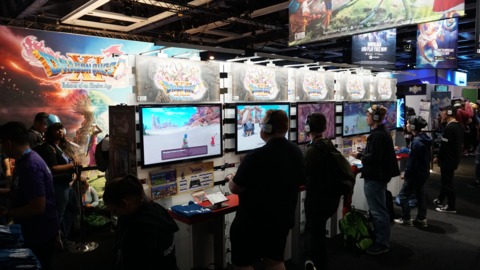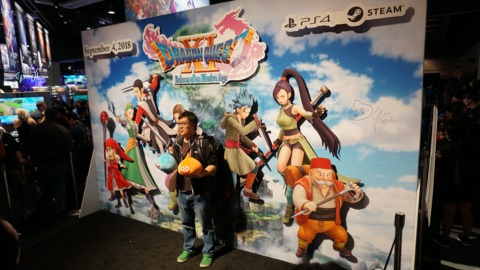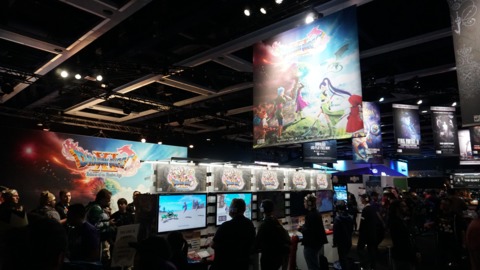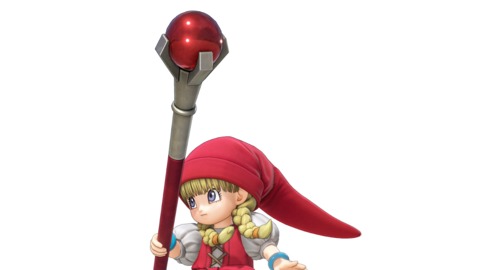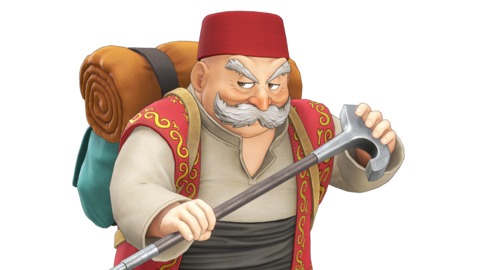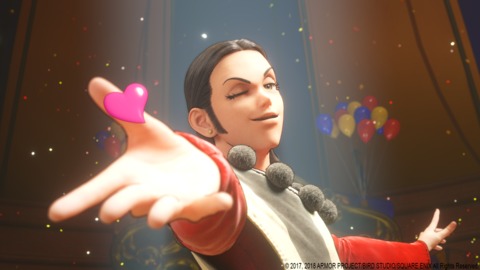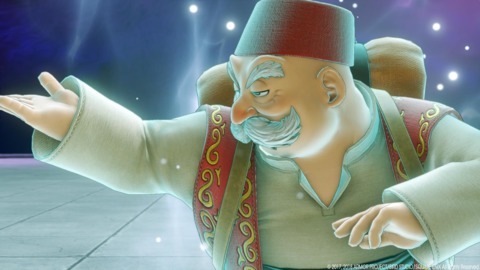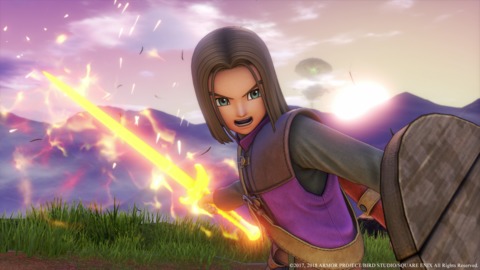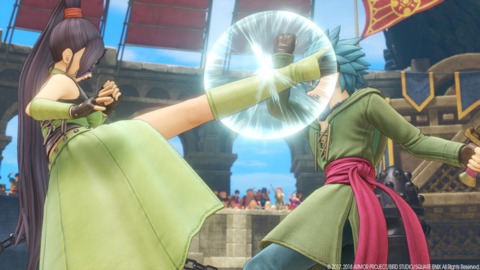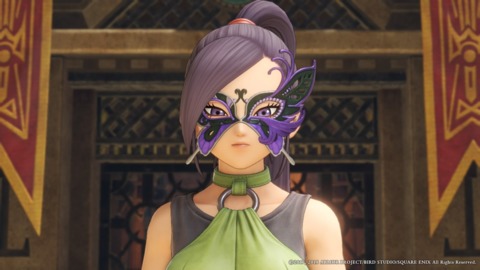Overview
Dragon Quest XI: Echoes of an Elusive Age is the eleventh mainline entry in the storied role-playing franchise created by Square Enix and Yuji Horii's production studio, Armor Project. The title was initially released in Japan simultaneously for the PlayStation 4 and Nintendo 3DS on July 29, 2017. Square Enix released Dragon Quest XI in North America and Europe on September 4, 2018, for the PlayStation 4 and the PC via Steam. The localized version featured several improvements, including newly added voice acting that was not present in the Japanese release, reworked menus, and an extra difficulty mode, among other additions. A year later, Dragon Quest XI's enhanced port was released for the Nintendo Switch in 2019 around the world under the name Dragon Quest XI S.
Story
The game is set in the world of Erdrea and begins as the kingdom of Dundrasil is invaded and destroyed by an army of monsters. The protagonist, an infant during the attack, survives and is found floating down a river by an older man named Chalky in the village of Cobblestone. The protagonist is adopted by Chalky's daughter Amber and raised in the village. After the protagonist's coming-of-age ceremony, Amber reveals the truth to him about his birth and adoption and sends him to meet King Carnelian of Heliodor. However, the king accuses him of being an evil entity and throws him into the dungeons. Imprisoned, the protagonist meets a thief called Erik, who reveals that he was sent to meet him, as the mark on his hand is proof that he is the Luminary, a legendary hero chosen by the world tree Yggdrasil to save Erdrea from evil. The pair escape and evade capture, later joined by two mages: Veronica, trapped in a child's body due to a curse, and her twin sister, Serena. On their quest to help the Luminary reach the sacred tree Yggdrasil, they gain three other companions: Sylvando, a traveling entertainer, Rab, former king of Dundrasil and the protagonist's grandfather, and Jade, exiled princess of Heliodor who helped the infant protagonist escape during the attack of Dundrasil.
The party eventually arrives at the heart of Yggdrasil, which contains the Sword of Light, the Luminary's destined weapon. However, just as the Luminary is about to take it, he and the party are intercepted by Carnelian and his retainers Jasper and Hendrik. It is revealed that Carnelian was possessed by an evil sorcerer known as Mordegon and that Jasper is Mordegon's agent. The two subdue Hendrik and the Luminary's party, with Mordegon taking the Sword of Light and absorbing the heart of Yggdrasil, destroying the tree and plunging the world into an age of darkness. The Luminary returns to Cobblestone, separated from the others, turned into a fortified refuge for Heliodor citizens led by Carnelian and Hendrik. They apologize to the Luminary for all the troubles they caused him. Hendrik joins forces with the Luminary, and together they reclaim Heliodor from Mordegon's forces. After reuniting with the rest of the party, except for Veronica, who perished saving the others during the fall of Yggdrasil, the Luminary obtains the means to forge a new Sword of Light, which they use to defeat Jasper and Mordegon, which restores Yggdrasil and the world.
Afterward, the party discovers the means to bring Veronica back within the Tower of Lost Time. There they meet the Timekeeper, who gives the Luminary the power to go back in time and defeats Mordegon before he can steal the Sword of Light and Yggdrasil's heart, thus saving Veronica from sacrificing herself. However, due to Mordegon's absence, a dark spirit is able to summon forth a mysterious orb called Erdwin's Lantern and merge with it, thus awakening the game's true antagonist, The Dark One, Calasmos, who was previously destroyed in the timeline of Mordegon's rule. The party learns that a prior Luminary named Erdwin was betrayed and killed by his mage companion Morcant, who absorbed Calasmos's powers and transformed into Mordegon. Since he could not be destroyed forever without the power of the Luminary, Serenica, Erdwin's former sage companion and lover, then sealed the weakened Calasmos within Erdwin's Lantern and attempted to return to the past at the Tower of Lost Time, but was turned into the Timekeeper instead. The party then confronts and destroys Calasmos before the Luminary entrusts his mark to Serenica, who reverts to her original form and uses it to return to the past and reunite with Erdwin. Accompanied by Veronica and Serena, he also returns the Sword of Light to Yggdrasil, who reveals itself to be Yggdragon, an ancient dragon of light defeated by Calasmos ages ago, whose body transformed into the tree Yggdrasil and gave life to Erdrea. Yggdragon bestows upon the Luminary the title of "Erdrick," the mightiest of all heroes, and keeps the Sword for the day when a new hero will need it to defend Erdrea from evil. In the mid-credits, Serenica reunites with Erdwin in the past, while after the credits, a young mother, after reading the Luminary's story in a book, wakes up her child from the bed, setting up the beginning of Dragon Quest III.
Version Differences
The two different releases of Dragon Quest XI were co-developed by an additional company for each iteration. The PlayStation 4 version saw assistance from ORCA, who used Unreal Engine 4 to develop the title, and Toylogic collaborated with Square Enix to created the 3DS version. Both interpretations of XI feature a polygonal 3D presentation, with the PS4 containing fully proportioned characters while the 3DS has a more super-deformed art style. However, the 3DS version contains an option to experience the entire game with a classic 2D sprite-based art style as well, which in the game's opening hours, is displayed on the 3DS's bottom screen while the 3D visuals play out on the top screen. The PS4 release also contains two different options for the battle camera: a traditional camera style, where the party members are arranged in a line in front of the enemies similar to past entries in the series, as well as a real-time camera where the player can directly control the hero during battles and move the camera around freely, although it does not affect gameplay in any way. So in total, with all the different iterations and graphical modes, there are three distinct versions of Dragon Quest XI that all contain the same story but vastly different presentations.
The Nintendo Switch port, published two years after the previous versions, combined elements from both the PlayStation 4 and Nintendo 3DS releases. The core game featured the same presentation as the PS4 edition along with the 3DS version's ability to swap to the 2D sprite-based graphical style. Along with containing all of the optional side-quests exclusive to the 2D version of the game, the Nintendo Switch port also featured a plethora of gameplay tweaks, new story content, a photo mode, orchestrated music, and Japanese voice acting among many other improvements. Once again, Dragon Quest XI was ported to even more platforms in 2020, with the Definitive Edition being released for the Xbox One, along with the PC and PS4, which was identical to the Switch release in terms of content but with better graphical fidelity.
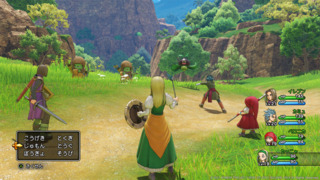 | 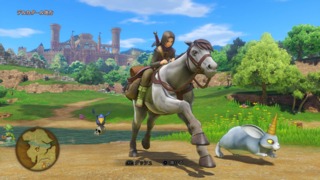 |
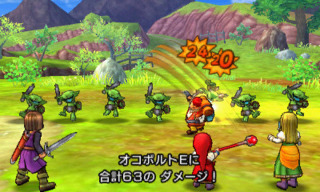
| 
|
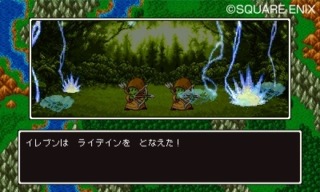 |  |
Trivia
- The development of Dragon Quest XI initially began on the PlayStation 4 and was initially planned to be released exclusively for the system. However, Square Enix wanted to have the game available on the Nintendo 3DS due to the system's much larger installed base in Japan. Yuji Horii agreed to the idea after it was suggested that the 3DS version could have a feature to switch between 2D and 3D graphical styles in order for 3DS players not to feel like they were getting an inferior version of the game.
- Even though the title would not be released on the platform until two years after its launch, the Nintendo Switch version of Dragon Quest XI was one of the very first titles to be announced for the system. Way back in 2015, when the game was initially revealed to the public, Square Enix mentioned that XI was in development for Nintendo's new system, which was being called the "NX" at the time.

 PC
PC Nintendo 3DS
Nintendo 3DS Nintendo 3DS eShop
Nintendo 3DS eShop Xbox One
Xbox One PlayStation 4
PlayStation 4 Nintendo Switch
Nintendo Switch